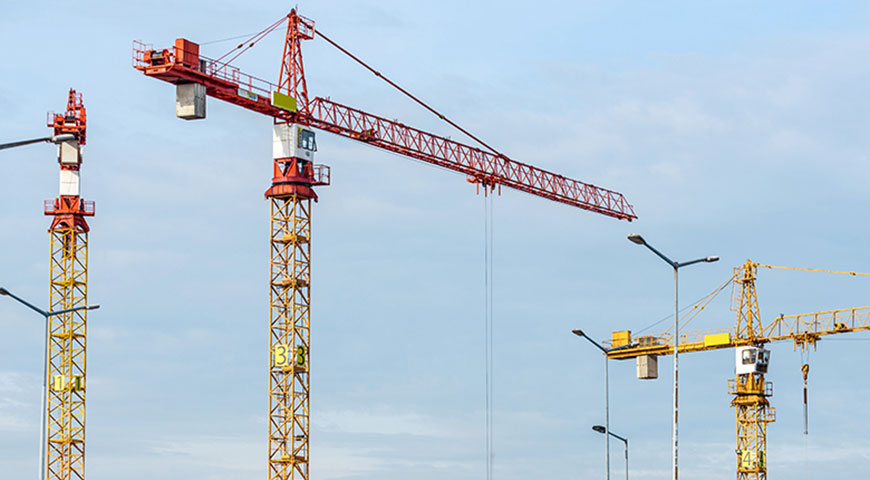It is a concern to know that the cost of retrieving the gold ore from deep below the surface of ground, bring the ore body and waste materials to the surface, crush and mill the material to a fine slurry in order to recover the gold. These costs (at a guess) amount to 70 to 80% of the overall mining costs, taking into account labour, energy, machinery and equipment etc.
The “Carbon In Leach” (CIL) production process is where the slurry is treated to recover the gold and other metals. The basic production process is as follows:
Lime is added to the slurry to raise the pH to a value of ± 10.5pH.
Oxygen is sparged/infused into the slurry to increase the dissolved oxygen (DO) level, this also increase the Redox value of the slurry allowing oxidisation to take place.
Cyanide is then added to chemically react with the gold.
Activated carbon is used to absorb the now cyanide/gold solution from the slurry.
The gold enriched activated carbon is removed from the CIL process and chemically treated to remove/strip the gold/cyanide solution.
The stripped carbon is sent for regeneration and activation to be used again in the circuit.
The gold solution is passed through an electrolysis process that removes the gold, the resulting gold plated are smelted to produce a raw gold bar that is sent to a refinery for further refining.
The CIL process is therefore the heart of the gold mining operation and needs to be constantly monitored in order to maintain precise control of the pH, DO, Redox, density, cyanide concentration and temperature in order to recover the maximum residual gold within the slurry.
Given today’s developments with smartphones and tablets, along with the ability to be able to access the internet from virtually anywhere in the world, Opto Controls (Pty) Ltd has developed a real-time graphical interface to the CIL production process with real-time and historic super-trends of the process, configurable SMS and e-mail alarms and a production reporting database. This allows metallurgists the ability to view the CIL process in real-time and immediately respond to any imbalance in the process. The maintenance crew can respond to configured alarms such as blockages, low or high pressures, power trip conditions, etc while management will have the ability to query any lack of response to any configured alarm condition. Operators can identify problematic areas and view any fault at its actual location in the plant while being able to witness and verify the repair and clearance of the fault at the same time.

